Sophie Allain
Texte intégral (2875 mots)

Protection, courage, kindness, fairness – these are words I think of when I imagine firefighters and emergency relief workers. Stepping up and ready to put themselves at risk to protect people and the environment when disaster strikes.
Disasters such as fires, heatwaves, floods, avalanches, and typhoons are becoming more frequent and severe as the climate warms. Fire chiefs worldwide have emphasised the increasing risks of climate change and the necessity for strategic planning, cooperation, and resources to enhance fire and rescue departments globally.
The United Nations Environment Programme warns that the frequency of wildfires might increase by 50 per cent by the end of the century. It further calls on governments “to radically shift their investments in wildfires to focus on prevention and preparedness.”
But the sad truth is that emergency services around the world remain underfunded and overstretched. Those brave people who are stepping up to help experience stress and exhaustion. All the while, shareholders and CEOs of fossil fuel corporations sit back and rake in unimaginable profits. The contrast could not be more stark.
First responders and trainers have been among the first to join the Polluter Pays Pact. An initiative to make fossil fuel corporations, not people, pay for the climate crisis.
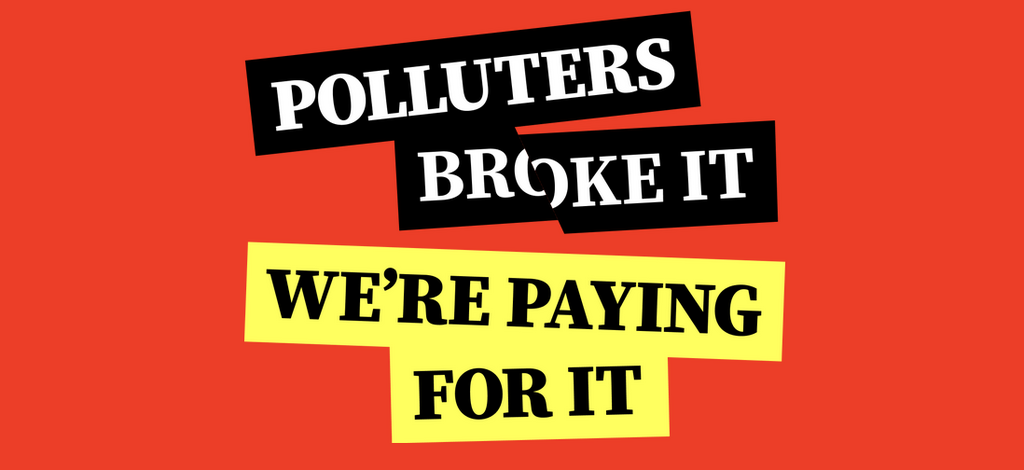
Sign the pact, record your story. Join the global movement to make polluters pay.
Join the movementOur vision is that governments shift rapidly and responsibly away from dirty energy sources like oil, gas, and coal to avoid even worse extreme weather in the future. At the same time, all first responder services must be well funded. We should invest in adaptation and the services we rely on when climate disasters occur. It is those who are most vulnerable and least responsible for climate change who should receive the most support.
And how to pay for that? Let’s start by recovering the money due from the oil and gas companies that have profited for decades from climate pollution.
Fire Brigades Union (United Kingdom)

“While oil and gas giants profit from pollution, firefighters are left to deal with the sharp end of the climate crisis – and all too often without the resources they need to protect lives.
It’s frontline workers and vulnerable communities paying the price. Governments must get serious: make polluters pay, fund public services, and back a transition to clean, green energy.
The UK and global leaders must be braver and bolder in holding polluters to account, starting with signing up to the principles set out in the Polluters Pay Pact.”
Greg Mullins (Australia)
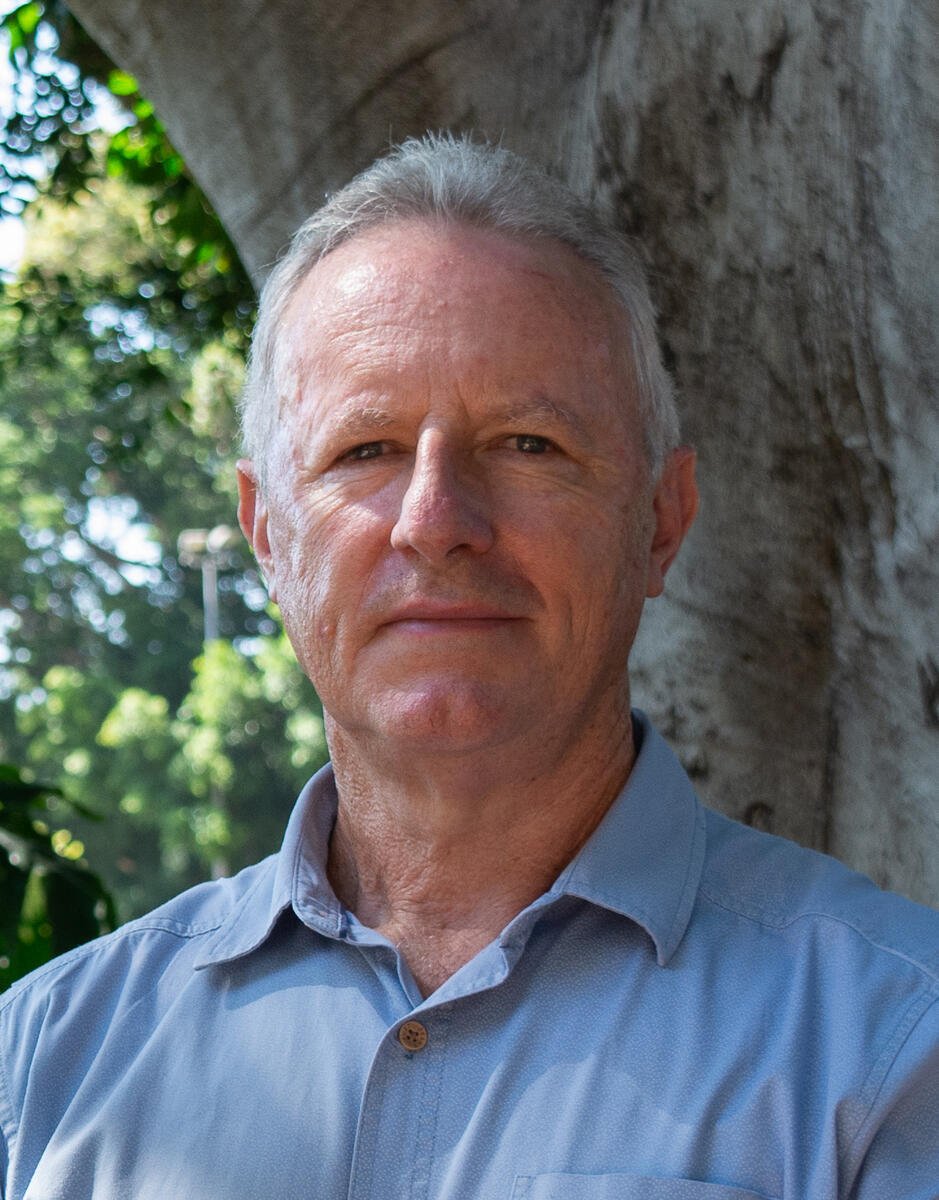
“I have fought fires for over 50 years and have seen firsthand how climate pollution is supercharging fires in Australia and across the globe.
The 2019-20 Black Summer bushfires devastated communities across Australia and stretched emergency services to their limit. This year, extreme fires fuelled by climate pollution have ripped through Los Angeles in the US, Japan and South Korea. Fires are burning at times when they haven’t burnt before, and in places that communities and emergency services aren’t prepared for.
The costs are escalating. Climate disasters are destroying the environment and taking lives. It is time that companies making huge profits from polluting coal, oil and gas – start to pay for the damage they are doing.”
Severina Miteva (Bulgaria)

“I lost a friend in an avalanche. That is what pushed me to become a trainer – to help keep others safe.
I teach avalanche response – and I am frightened at the speed that climate change is increasing the risk around ski resorts. Young people going off-piste are most at risk.
I teach them what to do in the critical 15 minutes they have after an avalanche to save the life of a friend. Bulgaria Mountain rescue is underfunded. Teams risk their own safety, sometimes walking for 10 hours carrying an injured person to safety.
Pressure is only going to grow as climate change worsens. And who should pay the bill? I say the fossil fuel corporations who have lobbied to delay the transition for so long.”
Daniel Gutierrez Govino (Brazil)
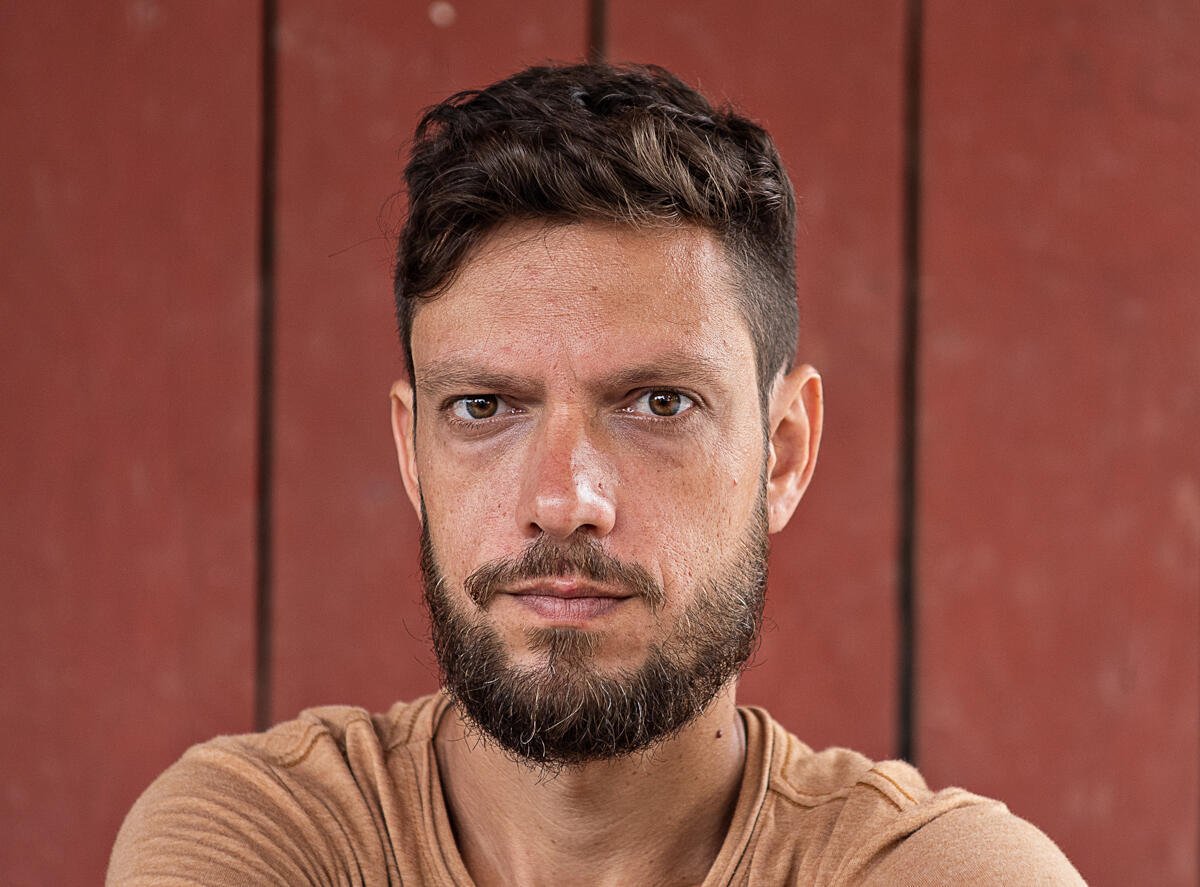
“I am a volunteer forest firefighter. My experience with climate change is intense, both in suffering its consequences and in fighting its causes. We are on the front lines of combating forest fires in our community and help other communities establish groups like ours to provide the first response in case a wildfire occurs.
We are not paid by the government, we are not military, we are volunteers. We study and are become professionals in integrated fire management, for now, on a voluntary basis. But in the not-too-distant future, our organization will have the resources to sustain us—to live and be paid to take care of the forest and the people who keep it standing.
Oil companies should pay more for climate change because they are the primary cause of greenhouse gas emissions that heat the planet and trigger chain reactions such as polar ice melting, ocean acidification, and forest destruction.”
Boyan Mitov (Bulgaria)

“Last year my country was devastated by so many fires that it is just impossible to keep track.
As an emergency response volunteer, I was getting called a few times a week for the whole summer. The situation was so bad that my country managed to get in one of the worst rankings a country could ever be in; scoring second with the most forest area being burnt by fires…
…And now I choose to be on the ground, helping to fight extreme weather events. It should be those fossil fuel companies that are made to pay. It is them who are responsible and therefore it is them who should pay the price.”
Dennis Todorov (Bulgaria)

“In the last 10 years we`ve seen in Bulgaria many big floods, forest fires and droughts that not only were destructive for nature and species living in it, but also impacted people directly. Many lost their homes or in the worst case scenario their lives.
All these disasters are different in a way, but at the same time there is one thing that connects them and it’s climate change. So we took the decision in Greenpeace Bulgaria to not stand still but to do something. We had the idea of providing training for first line response in such events.
We have delivered training for 3 years already, but we see that it’s not enough. Big contributors to climate change like oil and gas companies must be made to start paying for what they have caused. At the same time they must be stopped from developing future fossil fuel projects.”
Join the Polluters Pay Pact today
These are just some of the hundreds of thousands of individuals and over 60 organisations that have joined the Polluters Pay Pact. If enough of us join now, we can inspire more first responders and unite many more climate-impacted communities, concerned citizens, politicians, humanitarian groups, economists and campaign organisations so that it becomes impossible for governments to ignore.

Sign the pact, record your story. Join the global movement to make polluters pay.
Join the movementSophie Allain is the Senior Portfolio Manager of Greenpeace International’s Oil Campaign, based in the United Kingdom.
Greenpeace International
Lire plus (421 mots)
Rome, Italy – In a landmark decision, Italy’s highest court ruled that Italian judges can hear climate change lawsuits to protect people’s human rights. This decision supports the appeal case filed in June 2024 by 12 Italian citizens, Greenpeace Italy, and ReCommon against energy giant ENI and its main shareholders, the Ministry of Economy and Finance (MEF) and Cassa Depositi e Prestiti S.p.A. (CDP), Italy’s development bank.[1]
“The Supreme Court establishes unequivocally that no one is above the law and that the interests of Big Oil cannot outweigh the rights of people to have their health and safety protected by courts. The protection of the fundamental human rights of citizens threatened by the climate emergency is above any other prerogative. Climate justice is now a key concern for Italy’s courts,” Greenpeace Italy and ReCommon said.
The landmark ruling by the Supreme Court of Cassation will significantly influence all current and future climate lawsuits in Italy, as well as the protection of climate-related human rights already recognised by the European Court of Human Rights.
The lawsuit against ENI, CDP and MEF, seeking redress for current and future damages resulting from climate change, will now continue before the Court of Rome.
ENDS
Notes:
[1] In May 2023, the 12 Italian citizens and the two organisations filed a civil lawsuit against ENI, the MEF and CDP, – the latter two entities as shareholders exercising a dominant influence over ENI. The plaintiffs sought redress for current and future damages resulting from climate change, to which the Italian oil and gas giant has knowingly and significantly contributed over the decades. ENI, CDP and MEF contested the very authority of Italian courts to hear the case, arguing that climate lawsuits are not justiciable in Italy. Consequently, the 12 citizens, Greenpeace Italy and ReCommon appealed to the country’s highest court, the Supreme Court of Cassation, for a final decision on whether judges in Italy can decide on climate cases.
Contacts:
Felice Moramarco, Communication Project Strategist, Greenpeace Italy, +39 3487630682, fmoramar@greenpeace.org
Greenpeace International Press Desk, +31 (0)20 718 2470 (available 24 hours), pressdesk.int@greenpeace.org
Greenpeace International
Lire plus (318 mots)
Air Pollution Risks from Petrochemicals Production for the Plastics Supply Chain
A new Greenpeace International report released today reveals that over 50 million people in 11 countries are at risk of exposure to hazardous air pollution from living near plastic linked petrochemical production. The findings intensify pressure on negotiators at the Global Plastics Treaty talks in Geneva to secure a treaty that tackles the problem at its source: plastic production.
The planned expansion of petrochemical facilities – the midstream backbone of the plastics supply chain – could accelerate the release of hazardous air pollutants. If left unchecked, this growth could expose millions more people worldwide to toxic emissions, creating new sacrifice zones and deepening environmental injustice.
In response, the Plastics Free Future Campaign produced a report entitled Every Breath You Take: Air Pollution Risks from Petrochemical Production for the Plastics Supply Chain.
This groundbreaking report maps the locations of petrochemical facilities linked to plastics in 11 countries – Philippines, Thailand, Malaysia, Indonesia, South Korea, Canada, USA, Germany, United Kingdom, Switzerland, and the Netherlands. By quantifying the size of populations living at close proximity to these sites that are linked to negative health outcomes, the report draws attention to the communities on the frontlines of pollution risks – those who are too often overlooked in global plastic policy debates.
Download the report:
Louise Edge
Texte intégral (1610 mots)
In November 2023, Greenpeace UK released a powerful report calling out Unilever and their Dove brand for hypocrisy — denouncing toxic beauty standards while perpetuating environmental racism. It exposed Unilever as the world’s biggest corporate seller of plastic sachets and revealed that the consumer giant sells a whopping 1,700 plastic sachets around the world every single second. That’s enough sachets sold per year to wrap around the Earth 100 times if you line them up side by side.
These tiny plastic sachets have been hugely controversial for decades because of the widespread harm and destruction they cause, especially in Global South countries without adequate waste infrastructure. Because they are made from a multi-layered mix of plastics and other materials, and are usually small in size, they are valueless to recyclers and largely not collected. Instead, they either end up polluting rivers and oceans, or used as fuel on open fires or cement kilns, releasing toxic chemicals into the air as they burn. In Indonesia, sachet waste makes up 16% of all plastic waste and in an audit of efforts to remove the plastic waste clogging rivers in Bali, Unilever was found to be the largest source of sachet pollution.
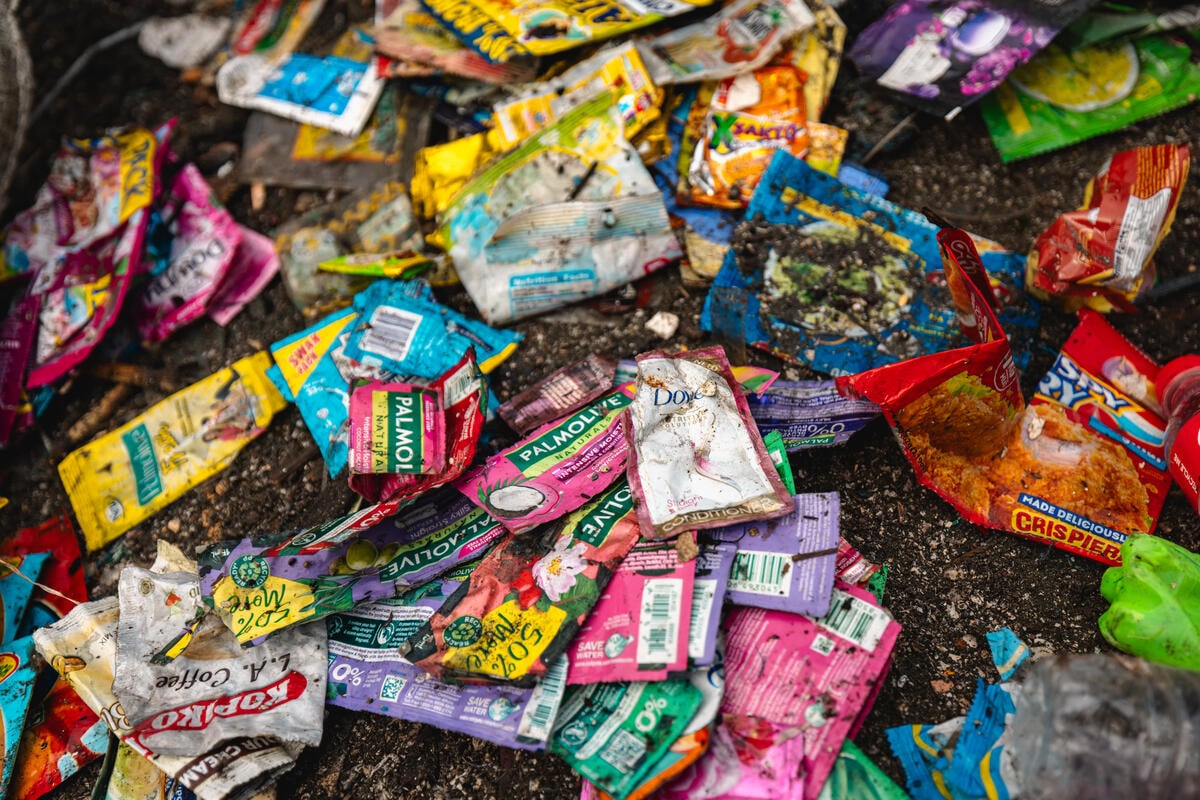
Since the campaign launch, over a million people around the world have taken online and offline action demanding that Dove and Unilever ditch plastic sachets and invest in reuse and refill. They have emailed Unilever’s CEOs, marked Dove and Unilever products in stores with anti-plastic pollution stickers, and taken actions that deliver messages directly to senior staff at both national and global Unilever HQs. In parallel, Greenpeace offices have been working with regional governments and allies to prove the effectiveness of reuse and refill-based alternatives to sachets, with the bigger goal of advocating for wider changes. Greenpeace Philippines’ Kuha sa Tingi project, which provides people in Manila with affordable, accessible and environmentally friendly alternatives to single-use plastic sachets, provides a strong case for how refill and reuse systems can be integrated into sari-sari stores (neighbourhood shops) and still be economically sustainable.
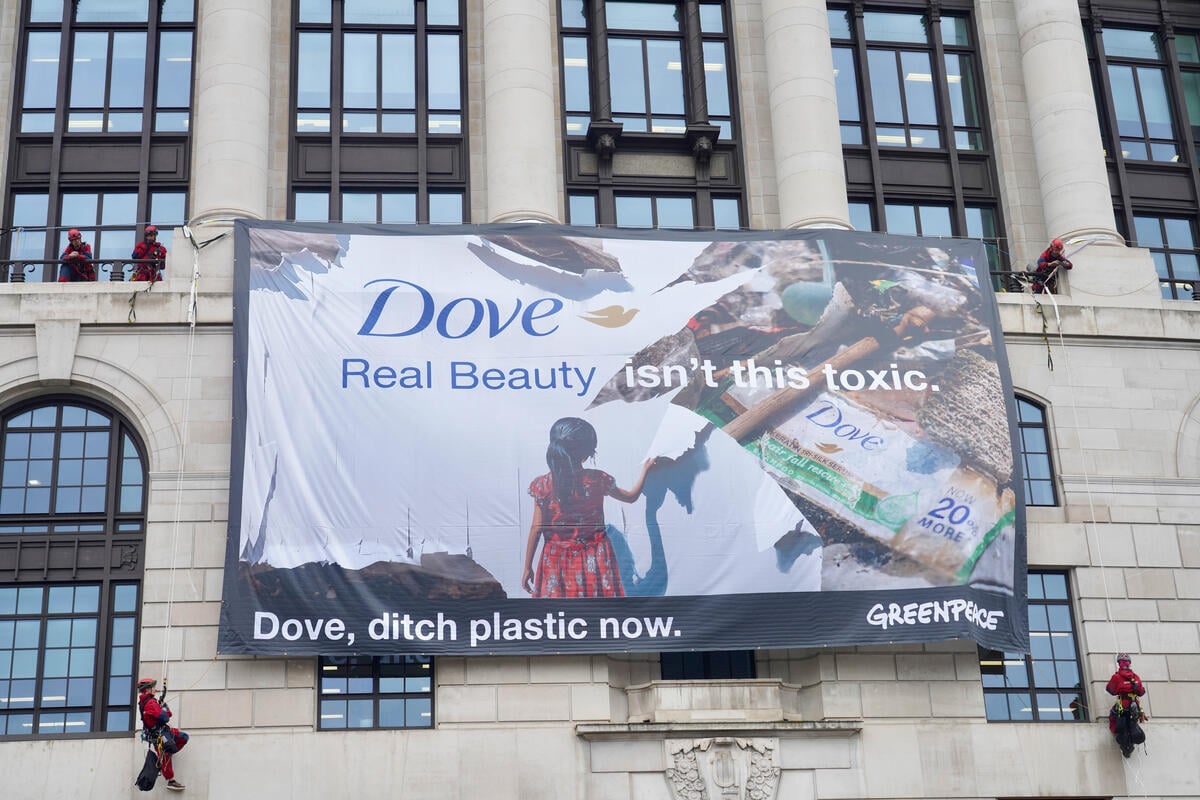
Some things have shifted as a result of all of this focused effort. Unilever has now put its weight behind the Global Plastics Treaty delivering reductions in plastic production. This display of support is an essential move in our fight for tackling the plastics problem — especially because petrochemical companies have been blocking efforts to curb plastic production. Unilever is also currently exploring multi-company reuse focused projects in places like Indonesia and Canada that can work at scale, including ones that could replace sachets entirely.
Sadly, we still have ZERO action on the crucial call to urgently ditch plastic sachets.
We decided to calculate what this meant in terms of real world impact. Our analysis concludes that in the 608 days since our campaign launch, Unilever has sold a mind melting additional 89 billion plastic sachets (89,303,040,000) worldwide.
How many people have gotten sick from the air pollution arising from these plastic sachets being burned? How many children have suffered from malaria after they blocked waste water drains? How many rivers, streams and oceans have these sachets polluted, and how many more creatures have been impacted? That is impossible to quantify.
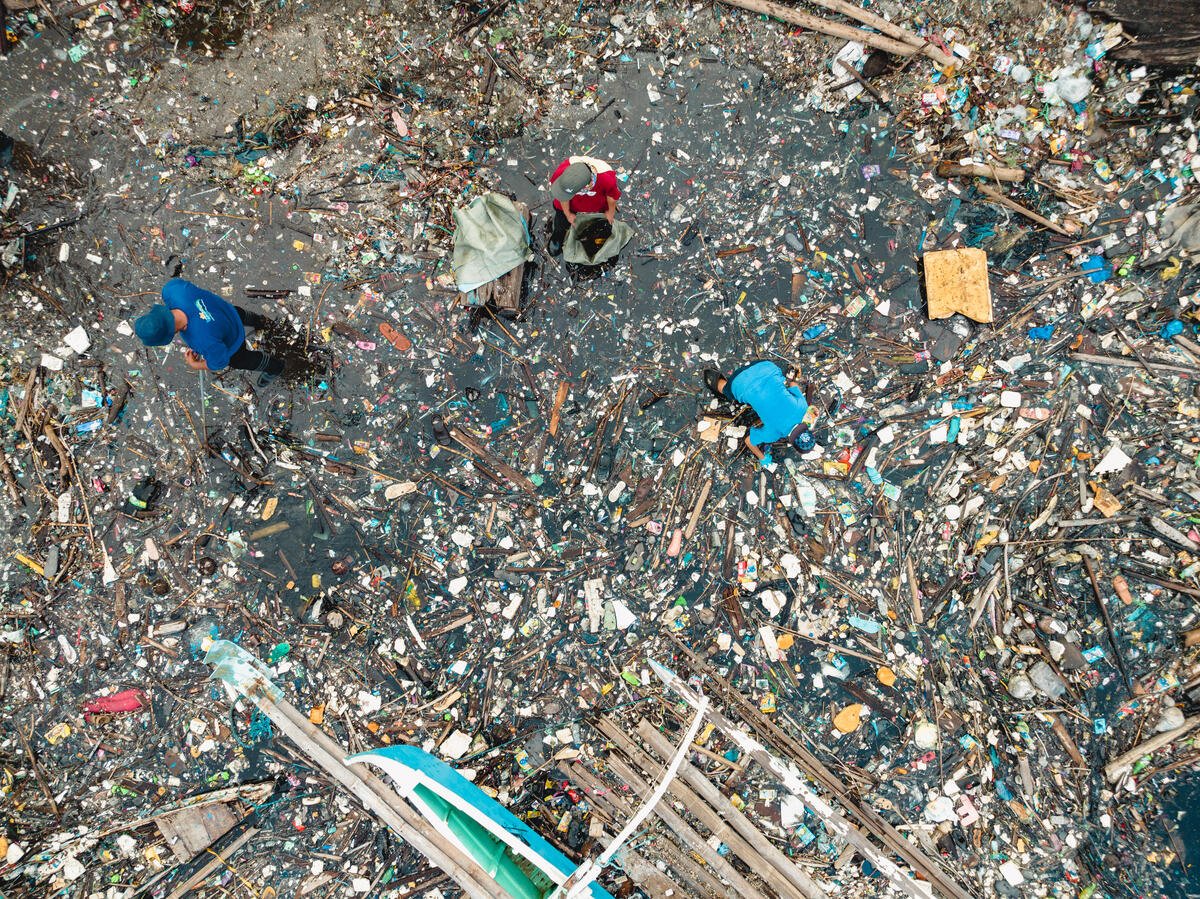
In 2019, Unilever’s then President for Global Food & Refreshments referred to multi-layer plastic (which includes sachets) as ‘evil’. Since then, they have sold about 321 billion more.
During our first meeting with Unilever back in 2017, we were told that the company was prioritising tackling sachet pollution — and yet, they continued to produce billions of these sachets.
How is it that we keep seeing the same pattern: recognize that there is a problem, understand public demand for change, and then consistently fail to take meaningful action?
For a company that likes to present itself as a leader on sustainability, Unilever’s continued reliance on sachets raises a serious question to their commitment to a greener future. It’s past time for them to step up and take action.
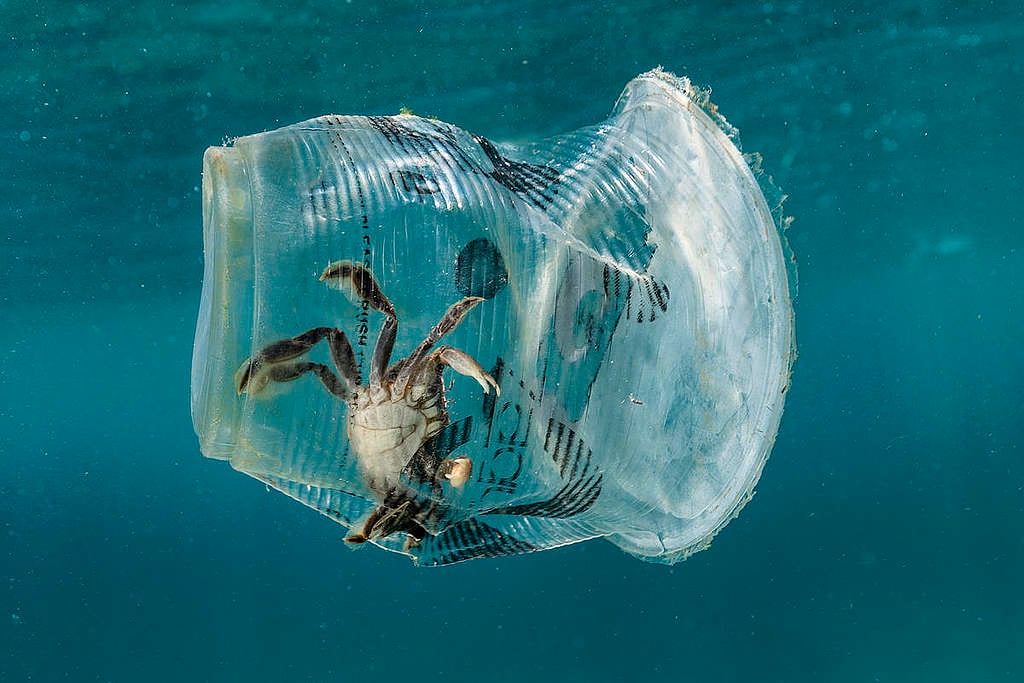
Ask world leaders to support a strong Global Plastic Treaty that addresses the whole life cycle of plastic.
Take actionLouise Edge is a Corporate Strategist for the Plastic Free Future Campaign at Greenpeace UK.
Bon Pote
Actu-Environnement
Amis de la Terre
Aspas
Biodiversité-sous-nos-pieds
Bloom
Canopée
Décroissance (la)
Deep Green Resistance
Déroute des routes
Faîte et Racines
Fracas
F.N.E (AURA)
Greenpeace Fr
JNE
La Relève et la Peste
La Terre
Le Lierre
Le Sauvage
Low-Tech Mag.
Motus & Langue pendue
Mountain Wilderness
Negawatt
Observatoire de l'Anthropocène
